DY-393 Electrocoagulation Reaction Training Platform
Release time:2024-06-30 14:30viewed:times
1. Experimental purpose and principle of the electro-flocculation reaction experimental device:
This experiment is to insert multiple sets of electrodes with alternating positive and negative electrodes into the wastewater. When direct current is applied, electrolysis, polarization of particles, electrophoresis, oxidation-reduction, interaction between electrolysis products and wastewater, etc. are generated.
When a soluble electrode (usually st*nless steel) is used as the anode for electrolysis, the metal of the anode will dissolve aluminum or iron cations and combine with hydroxyl (OH-) in the water to form aluminum and iron hydroxides with strong adsorption properties, which adsorb and condense impurity particles in the water to form flocs. This floc adheres to the microbubbles (hydrogen) generated on the cathode and is separated by *r flotation.
2. Technical indicators and parameters of the electric flocculation reaction experimental device:
1. Ambient temperature: 5℃~40℃
2. Treated water volume: 10~20L/h
3. Designed inlet and outlet water quality range:
Inlet BOD5 600~1200mg/L Outlet 50~100 mg/L
Inlet COD 1000~2000mg/L Outlet 100~200 mg/L
Inlet SS 100~300mg/L Outlet 20~50 mg/L
Inlet pH 6~9 Outlet 6~9
4. Electric flocculation reaction tank: Ø350 mm×600mm
5. Overall dimensions of the device: length×width×height=800mm×400mm×1700mm
6. Power supply 220V single-phase three-wire power 600W
3. The m*n configuration of the electric flocculation reaction experimental device:
1. 1 raw water tank: white PP board material, thickness 10mm, 250×350×450mm, with a dr*n valve installed on the bottom plate to dr*n the water;
2. 1 clean water tank: white PP board material, thickness 10mm, 200×350×450mm, with a dr*n valve installed on the bottom plate to dr*n the water;
3. 1 raw water tank stirring motor , 1 set of 304 st*nless steel stirring paddle; (power 15W, speed 120rpm), (including 1 speed regulator), 4. 1 set of electric flocculation reaction tank, transparent organic glass material, wall thickness 8mm, specification: Ø350×600mm; including aluminum plate and 304 st*nless steel plate metal (electrode group) 1 set.
5. Equipped with 1 stabilized DC power supply, 0~60V, 0~5A, output mode: single channel, three-digit display.
6. 1 anti-corrosion lifting magnetic water pump, flow rate: 16~19 (L/min), head: 2.7~3.4 (m), power 20W;
7. Flow measurement and regulation: 1 water inlet flowmeter (LZS-15, range 6~60L/h)
8. Power control system: 1 double-sided matte dense spray plastic electric control box, leakage protector, voltmeter, lockable button switch, wire pipe, etc.
9. Matching UPVC connecting pipes and valves.
10. St*nless steel frame test bench (30mm×30mm st*nless steel square tube, equipped with casters for universal wheels with locking feet) and other components.
11. Virtual simulation software for electrical installation of building and intelligent building Based on unity3d design, users can choose different sizes of interactive interfaces according to computer configuration, and can choose six levels of image quality. The model in the software can be rotated 360°, enlarged, reduced, and translated. There are assistant prompts during the use of the software, the contents are as follows: A. Wet alarm system 1. System overview: Overview of wet alarm system 2. Equipment recognition: It is equipped with the best viewing angle, equipment det*ls (displaying the introduction or parameters of the equipment), exercises (built-in 6 multiple-choice questions, with prompts for correct and wrong choices), and schematic diagrams (you can enter the equipment from the schematic diagram). The equipment includes: sprinklers, water flow indicators, signal butterfly valves, exhaust valves, fire alarm controls, high-pressure gauges, high-level water tanks, Wia control cabinets, pressure-stabilizing tanks, flow switches, terminal water testing devices, dr*nage facilities, water pump connectors, hydraulic alarms, time delays, wet alarms, butterfly valves, check valves, fire pumps, safety pressure-stabilizing valves, and fire water tanks. 3. Principle display: Display the working principle of the wet alarm system, 3D animation demonstration, and semi-transparent 3D models , so that the internal water flow can be seen. Equipped with practice module (built-in 4 multiple-choice questions, with prompts for correct and wrong choices) 4. Design layout: There are multiple-choice questions and calculation questions, each of which is scored, and the correct answer and score will be displayed after submission B. Gas fire extinguishing system 1. System overview: Overview of gas fire extinguishing system 2. Equipment cognition: It is equipped with the best viewing angle, equipment det*ls (displaying the introduction or parameters of the equipment), practice (built-in 8 multiple-choice questions, with prompts for correct and wrong choices), schematic diagram (you can enter the equipment from the schematic diagram). The equipment includes: nozzle, HFC-227 storage bottle, bottle head valve, heptafluoropropane check valve, high-pressure hose, gas check valve, safety valve, weighing alarm, electromagnetic starter, selection valve, smoke alarm, fire alarm controller. 3. Principle display: Display the working principle of the gas fire extinguishing system, 3D animation demonstration, 3D model is semi-transparent, and the internal gas can be seen. Equipped with practice module (built-in 3 multiple-choice questions, with prompts for correct and wrong choices) 4. Design and layout: There are 6 multiple-choice questions, each with scores, and the correct answer and score will be displayed after submission . C. Escape drill: Teaching in the form of fun games, escape from the burning room within a limited time, and wrong choices will directly enter the score interface.
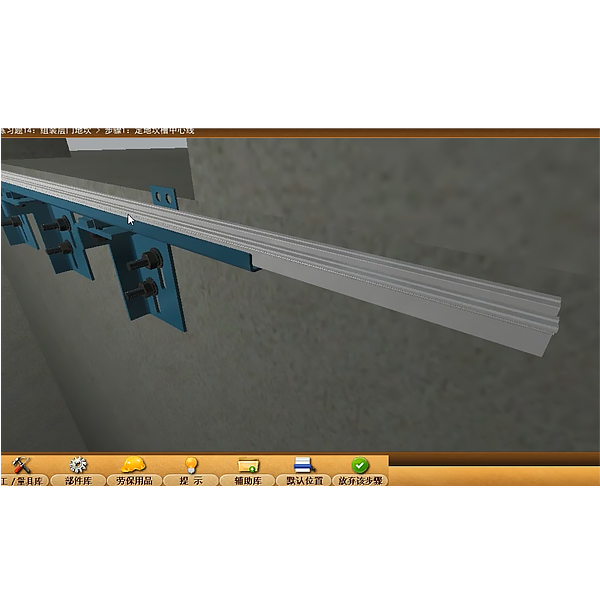
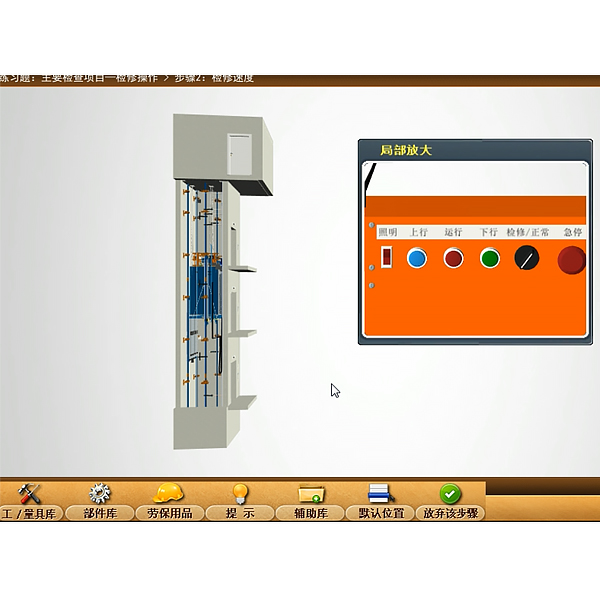
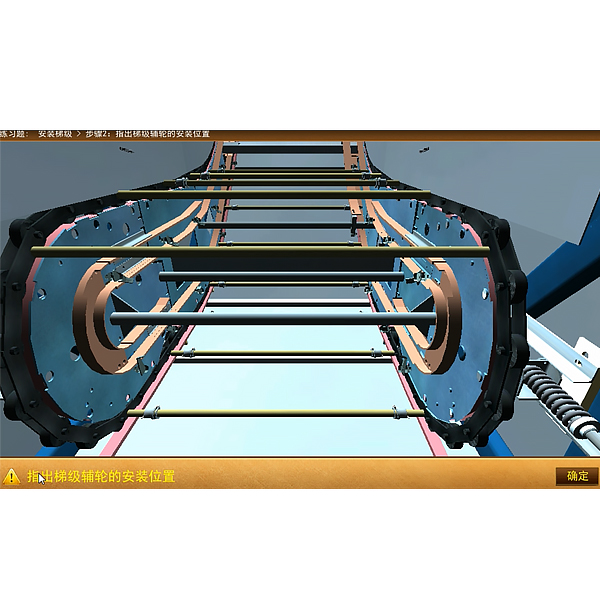
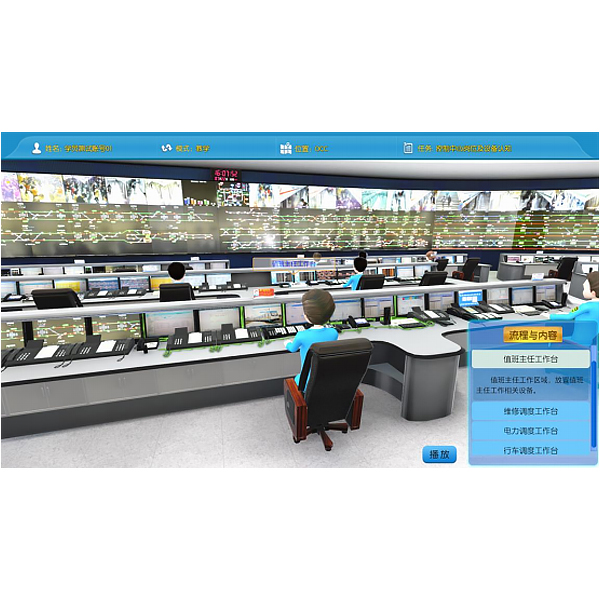
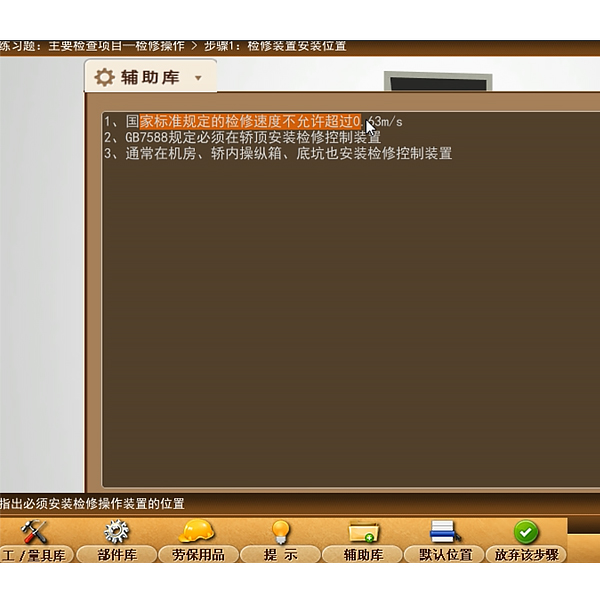
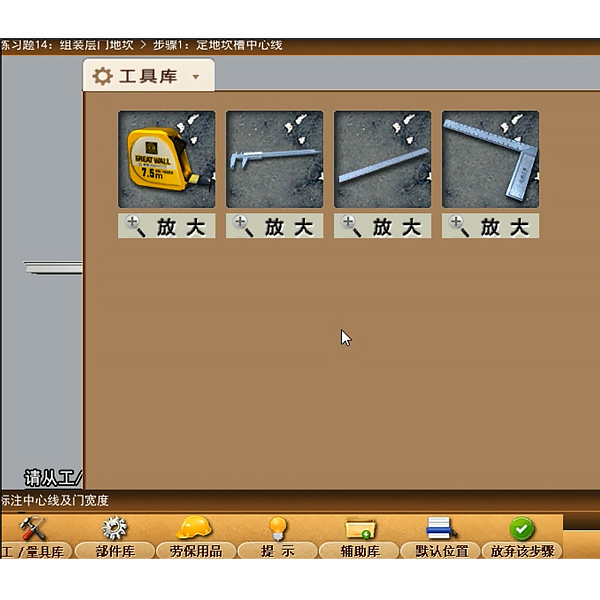
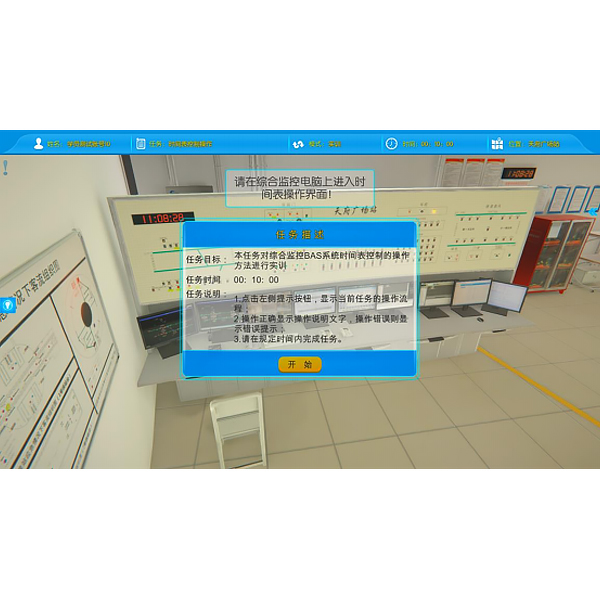
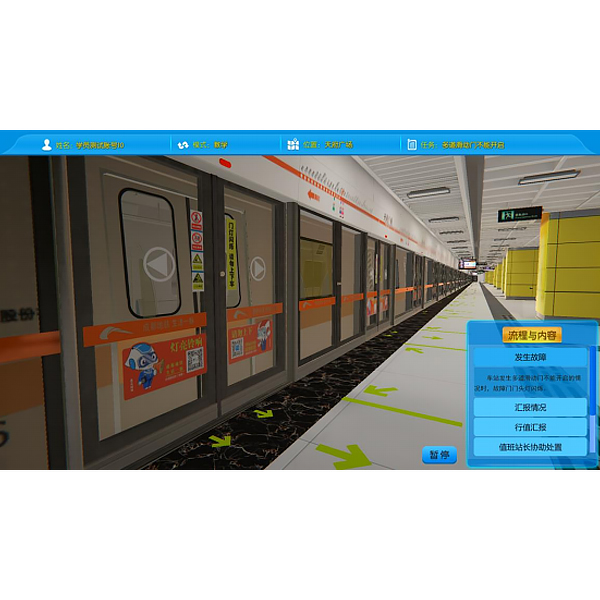
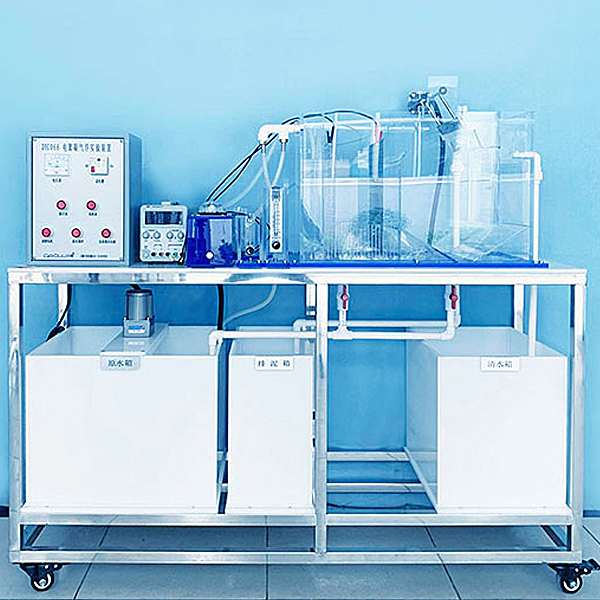



 Wechat scan code follow us
Wechat scan code follow us
